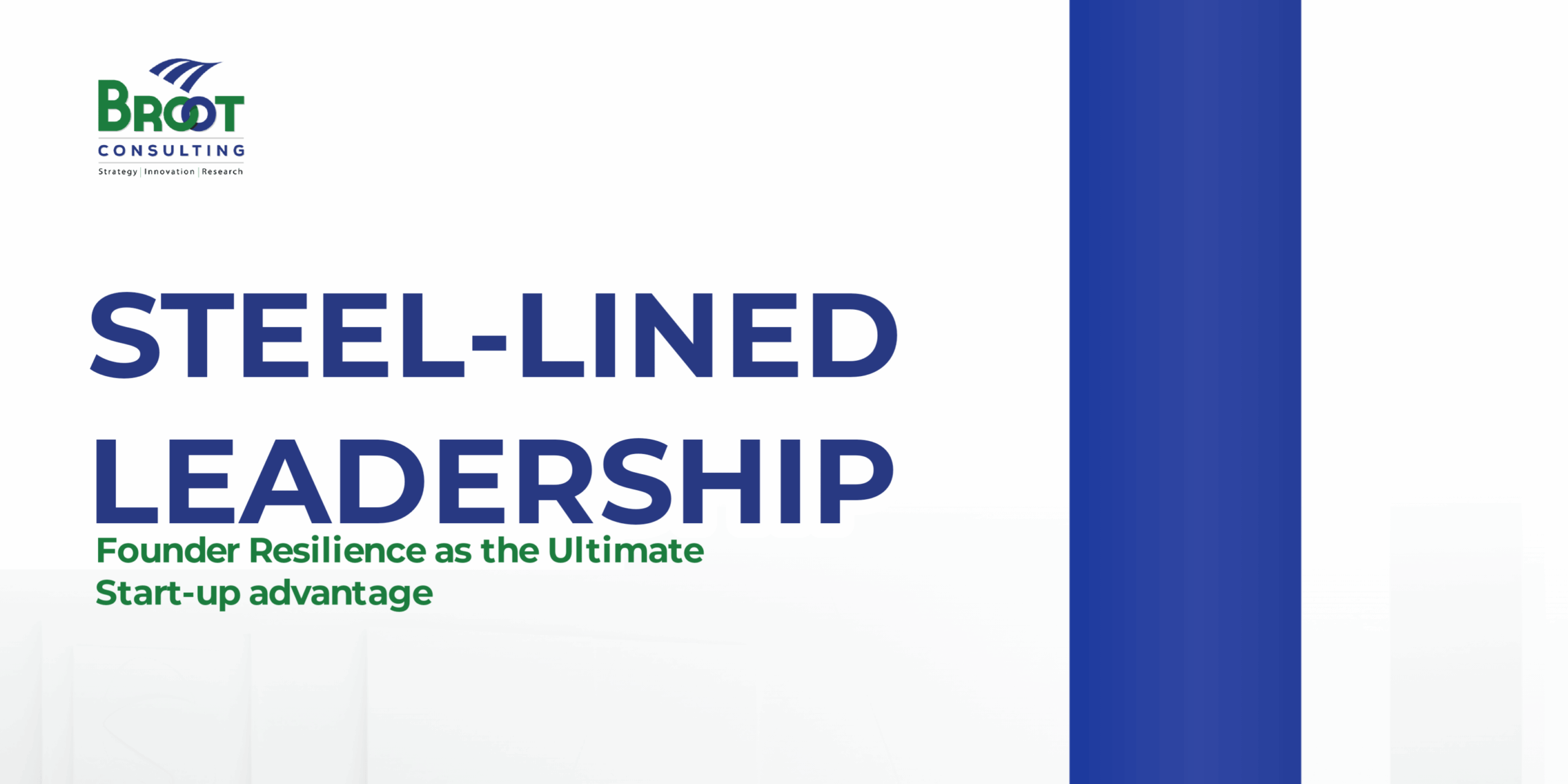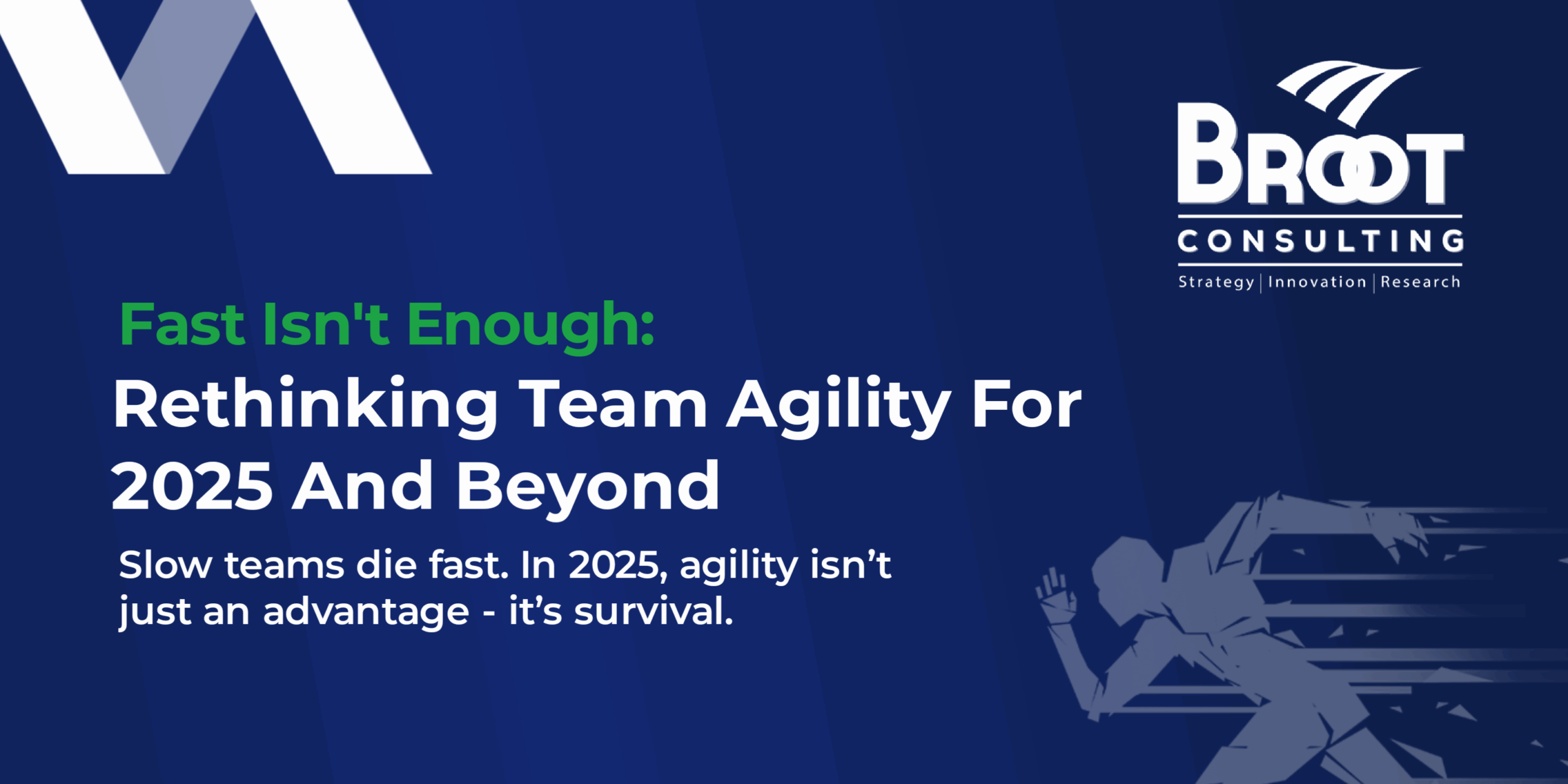A Research-Based Perspective on the Future of Executive Decision-Making
Artificial Intelligence (AI) is no longer a theoretical disruptor of the future-it is already reshaping industries, economies, and leadership paradigms in profound ways. Organizations that successfully integrate AI into their decision-making processes are not just improving operational efficiency; they are fundamentally altering the way leadership functions at every level. Recent research by McKinsey suggests that AI-driven organizations are 1.5 times more likely to achieve above-average revenue growth, highlighting the competitive advantage AI brings to strategic planning and execution.
Yet, the transformation AI demands is far more nuanced than simply automating processes. The shift is not just technological but deeply human-requiring leaders to balance data-driven intelligence with emotional insight, automation with ethical considerations, and efficiency with adaptability. The traditional leadership models that relied heavily on intuition, hierarchical decision-making, and experience-based judgment are being challenged by the rise of AI-powered analytics, machine learning algorithms, and automation systems. The question is no longer whether AI should be adopted but rather how leaders can evolve to leverage its full potential without losing the essence of human-driven leadership.
This article critically examines how AI is reshaping leadership, analyzing the historical shifts, the emerging traits of AI-era executives, and the strategic challenges they face. Drawing from case studies, industry insights, and academic research, it provides a roadmap for leaders looking to thrive in a world where the interplay between human judgment and machine intelligence is the new competitive edge.
Leadership Before AI: The Power of Intuition and Experience
- For centuries, leadership has been a function of human intuition, experience, and interpersonal influence. The ability to read situations, inspire teams, and navigate uncertainty were core to effective leadership. Decision-making was often driven by gut instinct and past experiences, with leaders relying on their own cognitive frameworks to assess risks and opportunities.
- This model, while effective in stable environments, had limitations. Leaders were often constrained by cognitive biases, limited access to real-time data, and hierarchical decision-making structures that slowed down responsiveness. The centralized nature of leadership meant that strategic choices were largely influenced by personal expertise rather than data-backed insights, and as organizations grew in complexity, the cracks in this model became more apparent.
- With the rise of the digital economy, data became an increasingly valuable asset, but it was only with AI that decision-making shifted from being experience-driven to insight-driven. The next generation of leaders would no longer be those who relied solely on their instincts but rather those who could seamlessly integrate AI into their strategic thinking while maintaining the human qualities that machines could not replicate.
AI and the New Leadership Paradigm: The Balance Between Machine and Mind
The integration of AI into leadership presents a paradoxical challenge: while AI enhances efficiency, it also raises questions about the role of human judgment in decision-making. AI excels at analyzing vast amounts of data, identifying patterns, and making probabilistic predictions far beyond human capability. This has led to a seismic shift in how leaders approach strategic planning, risk assessment, and operational efficiency.
Take predictive analytics, for example. AI-driven models can anticipate market trends, detect inefficiencies, and optimize resource allocation with a level of precision that was previously impossible. Companies like Amazon have leveraged AI to predict consumer behavior, automate logistics, and optimize supply chains-not through intuition, but through data-backed foresight. Similarly, AI-powered financial models now allow investment firms to assess risks in ways that human analysts never could. The ability to process complex market signals in real time has created a new competitive advantage-one where leaders who understand AI’s insights can make sharper, faster, and more informed decisions.
However, AI is not a replacement for leadership-it is a transformation of it. While machines can process information at speeds humans cannot, they lack the ability to interpret context, exercise moral judgment, or navigate complex human emotions. AI may recommend a hiring decision based on patterns, but it cannot assess a candidate’s resilience, adaptability, or leadership potential with the same depth as an experienced recruiter. Similarly, AI may optimize operations based on efficiency, but it does not understand the impact of cultural shifts, employee morale, or ethical considerations.
The best leaders in the AI era are those who recognize AI’s strengths but do not surrender leadership to algorithms. They understand that AI is not an oracle but a tool-one that, when combined with human creativity, ethical reasoning, and strategic vision, unlocks new possibilities for innovation and success.
The Ethical and Strategic Challenges of AI Adoption
- Despite its immense potential, AI presents significant challenges for leaders, ranging from workforce disruption to ethical dilemmas and over-reliance on automation.
- One of the most pressing concerns is workforce anxiety and job displacement. As AI automates routine and repetitive tasks, many employees fear that their roles will become obsolete. Leaders must recognize that AI adoption is not just a technological transition but a cultural one, requiring clear communication, reskilling programs, and a commitment to workforce transformation.
- Another major challenge is AI bias and ethical risks. AI systems are only as good as the data they are trained on, and if that data contains historical biases, AI can reinforce and even amplify discrimination. A notable example is Amazon’s now-discontinued AI-driven hiring tool, which discriminated against female candidates because it was trained on historical hiring data that favored male applicants. Such incidents underscore the need for leaders to implement rigorous AI governance frameworks, ensuring that AI systems align with organizational values and ethical principles.
The Future of AI-Driven Leadership: A Roadmap for Success
Looking ahead, the next decade will be defined by leaders who can navigate the intersection of AI, human intelligence, and organizational strategy. AI-driven leadership is no longer an option but a necessity for competitive advantage.
To thrive in this evolving landscape, leaders must embrace a three-part roadmap:
- Develop AI Literacy- Executives must invest in understanding AI fundamentals, not as coders, but as strategic decision-makers who can assess AI’s strengths, limitations, and risks.
- Redefine Leadership Models- Organizations must shift from hierarchical leadership structures to decentralized, adaptive leadership models that leverage AI for efficiency while prioritizing human creativity and ethical oversight.
- Foster a Culture of Continuous Learning-With AI evolving rapidly, leaders must instil a culture of agility and lifelong learning, ensuring that employees can adapt to AI-driven transformations with confidence rather than fear.
Final Thoughts
The future of leadership will be defined not by those who resist AI but by those who integrate it thoughtfully, strategically, and ethically. As AI continues to evolve, the most successful leaders will not be those who rely solely on experience, intuition, or authority but those who blend machine intelligence with human wisdom. This will create a new paradigm of leadership that is faster, smarter, and more adaptive than ever before.





